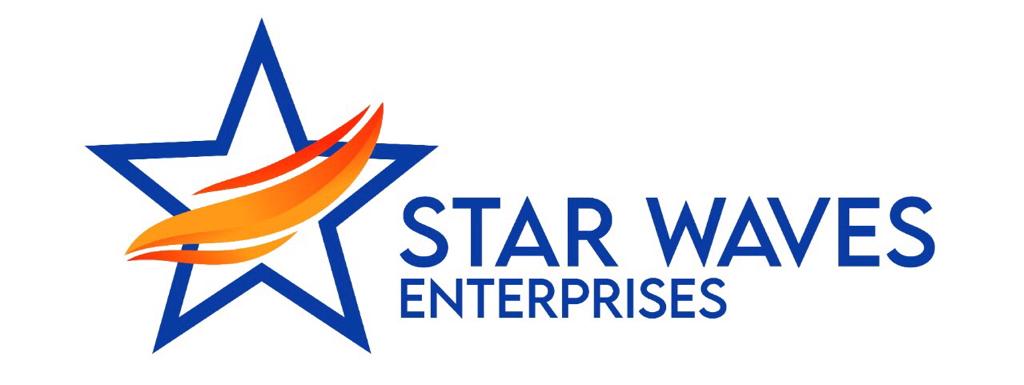Three-Phase Inductor: A Crucial Component for Efficient Power Management
Introduction
In the realm of electrical engineering, three-phase systems are the backbone of power distribution and transmission. At the heart of these systems are three-phase inductors, essential components that contribute to stable power flow, voltage regulation, and effective energy management. In this article, we will delve into the world of three-phase inductors, exploring their functions, benefits, applications, and considerations for optimal usage.
- Understanding Three-Phase Inductors
- Functions of Three-Phase Inductors
- Benefits of Using Three-Phase Inductors
- Applications of Three-Phase Inductors
- Considerations for Using Three-Phase Inductors

